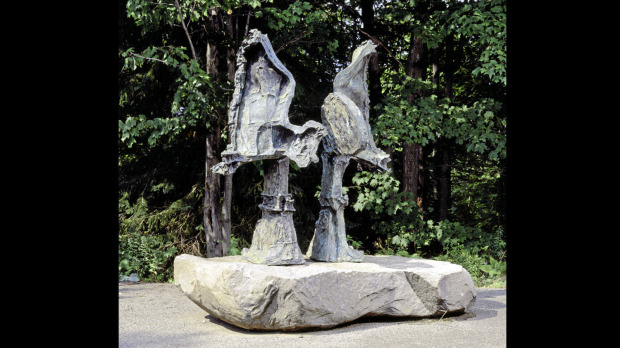Sunday, August 07, 2011 -  1970 Convention,ARCA 2011,International Art Crime Conference,UNESCO
1970 Convention,ARCA 2011,International Art Crime Conference,UNESCO
 No comments
No comments
 1970 Convention,ARCA 2011,International Art Crime Conference,UNESCO
1970 Convention,ARCA 2011,International Art Crime Conference,UNESCO
 No comments
No comments
Keynote Panel: 40-year Anniversary of the 1970 UNESCO Convention
by Jessica Nielsen, ARCA Intern
November 14, 2010 marked the 40th anniversary of the 1970 Convention on the Means of Prohibiting and Preventing the Illicit Import, Export and Transfer of Ownership of Cultural Property. ARCA blog editor-in-chief, Catherine Sezgin, reported on her participation in a celebration of the 40th anniversary held in Paris last March from her notes on the event. She mentioned that she had seen Annika Kuhn and Prosecutor Paolo Ferri at the event and invited them and many of her other fellow presenters at the ARCA conference (who she deferred to as having greater knowledge of the history and successes of the treaty), to engage in a lively discussion following her presentation.
"The Fight against the Illicit Traffic of Cultural Property: The 1970 Convention: Past and Future" The conference was an opportunity for UNESCO to look at the history of the Convention, evaluate its accomplishments, strengths and weaknesses and examine its main challenges. Sezgin noted that there was a speaker who brought up the similarities in the implementation of the 1970 Convention of UNESCO on illicit traffic to the experiences of the Convention on International Trade in Endangered Species of Wild Flora and Fauna 1973 (CITES). She also sat in on a public debate covering various issues among representatives from “source and destination” countries, the art market, museums and international organizations. Sezgin was most impressed by the Mexican representative, Dr. Jorge A. Sánchez Cordero, Director of the Mexican Center of Uniform Law; who spoke about Mexico’s active participation in the forming of the treaty and that it was the eighth country to ratify it. Mr. Cordero said:
We are in a situation that we cannot tolerate. Many countries are being plundered through clandestine excavations. Despite all our efforts, criminals operate on sites and in the trafficking of cultural and archeological objects.Dr. Sanchez-Codero also talked about the ‘international community experiencing a rise of a new consciousness regarding the need of protecting cultural heritage, which is not linked to cultural nationalism, but rather to the need of safeguarding universal knowledge.’ Sezgin reported that he urged UNESCO to ‘play a prominent role in the new cultural order' and said that the convention 'only protects objects placed on an inventory list,’ this was a perfect introduction to the next speaker at the ARCA conference, Chris Marinello, from the Art Loss Registry, who described his company’s database.
More from Sezgin’s report on the event can be read on the ARCA blog here and here.
Catherine Schofield Sezgin received her Postgraduate certificate in ARCA’s International Art Crimes Studies Program in 2009. She has written about the efforts of law enforcement to stop the trafficking of stolen antiquities on the blog and in The Journal of Art Crime. She has worked as the editor-in-chief of ARCA’s blog since 2010.





